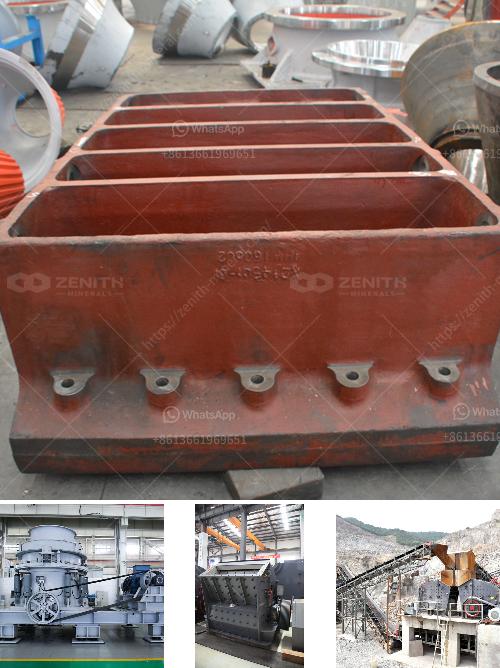A cement grinding unit, also referred to as a grinding station, is a production facility that primarily focuses on the pulverization and fine grinding of clinker, and the subsequent mixing with gypsum to produce cement. The unit can be part of an integrated cement plant or a standalone operation specifically for grinding.
Processes Involved in a Cement Grinding Unit:
-
Clinker Storage:
- Clinker, the main raw material for cement production, is stored in silos or storage yards. Proper storage conditions are essential to maintain its quality and facilitate smooth feed into the grinding process.
-
Grinding Process:
- The stored clinker is fed into the mill where it’s ground into fine powder. The grinding can be accomplished using various types of mills such as vertical roller mills, ball mills, or roller presses, depending upon the specific requirements and available technology.
-
Addition of Gypsum:
- During the grinding process, a small proportion of gypsum (typically 3-5%) is added. Gypsum acts as a regulator to control the setting time of the cement when it’s mixed with water.
-
Mixing and Blending:
- After the initial grinding, the resulting mixture is thoroughly mixed and blended to ensure a uniform and consistent composition. This step is crucial to ensure the final product meets the desired quality standards.
-
Fine Grinding and Homogenization:
- The mixture goes through fine grinding where it attains the required fineness. This process also helps in the homogenization of the material to provide a consistent final product.
-
Separation:
- Following grinding, the material is passed through separators where fine particles are separated from coarser ones. The fine powder that meets the required specifications is collected as finished cement.
-
Bagging and Dispatch:
- The finished cement is then stored in silos before being packed in bags or dispatched in bulk to various destinations. Special packaging equipment ensures that the product is safely handled and transported to customers.
Additional Processes:
Each of these processes is critical to the efficient production of high-quality cement, ensuring that it meets industry standards and fulfills customer requirements.

